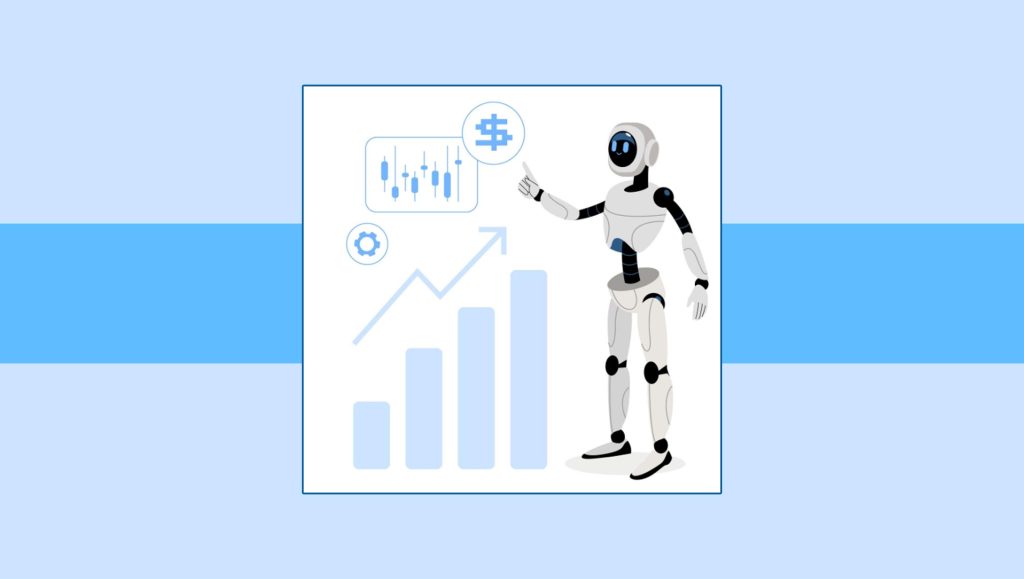Adam Carr, Chief Revenue Officer at Apollo.io talks about the changing SaaS Sales ecosystem and how this had led to a complete transformation in the role of a modern CRO in this SalesTech interview:
___________
Hi Adam, what’s the best (and worst!) part of being a CRO in the modern SaaS market?
Let’s start with the best part: you get to build the engine.
As CRO, you have a unique vantage point—sitting across sales, success, and partnerships—which means you’re not just driving top-line growth, you’re architecting how a company goes to market. That’s incredibly rewarding when done right. You get to spot patterns, reduce friction between functions, and scale what works. When the engine is humming and the team is winning, it’s electric.
Now for the hardest part: everything is moving at once.
In modern SaaS—especially in product-led environments—being a CRO means navigating constant complexity. Talent expectations are higher. Customers are more informed. Sales cycles are messier. Everyone wants more pipeline, but the real unlock is repeatability, clarity, and focus. The hardest part is saying no to good ideas in service of the right ones. You have to ruthlessly prioritize, align the org around a few key plays, and still leave space to test and adapt.
The market doesn’t give you the luxury of “set it and forget it.” It rewards teams that can execute and evolve in real time.
So what’s it like being a CRO today?
You’re building the plane, flying it, and redesigning the wings—all at once. But if you love systems, momentum, and working across high-talent teams, there’s nothing better.
As the role of the typical B2B CRO evolves in part due to the fast changing SaaS ecosystem, what skills should CRO’s hone in on?
The modern CRO isn’t just a sales leader anymore—they’re a growth architect.
With SaaS models becoming more complex and customer-centric, the CRO now sits at the intersection of sales, marketing, success, and product. That means the skillset has to expand beyond pipeline management and forecasting. Here are three areas where today’s CROs need to go deep:
1. Systems Thinking
CROs today must be able to see the entire GTM system—how acquisition, expansion, and retention interact—and know where to apply leverage. It’s not about squeezing more out of AEs, it’s about removing friction across the entire customer journey. Can you spot the bottleneck in the funnel? Do you understand how product usage connects to revenue lift?
2. Cross-Functional Influence
You’re often not the direct owner of many of the levers that impact growth—product roadmap, marketing budget, pricing strategy. So you better be great at building alignment. Modern CROs need to be just as comfortable in a room of engineers or PMs as they are with sales leaders. The best ones create shared language, shared goals, and shared wins.
3. Talent & Org Design
As go-to-market complexity increases, so does the need for specialized roles, smarter segmentation, and tighter enablement. CROs have to be world-class at hiring, onboarding, and leveling up talent, especially in fast-growth environments. Can you scale headcount without diluting performance? Can you spot when the org design needs to evolve?
Read More: SalesTechStar Interview with Ann-Christel Graham, Chief Revenue Officer at Sovos
Can you take us through some of the top revtech and salestech you’ve often relied on to drive goals and processes?
This may sound like a plug but, I’m going all in on Apollo.io—and with good reason.
As a CRO operating in a product-led growth (PLG) environment, the tech stack has to do more than just accelerate sales. It must bridge self-serve, sales-assist, and scaled human-led motions without creating silos. Most stacks were built for one motion or the other. Apollo was built for both.
Here’s why I rely on it and why it’s not just a plug, it’s a philosophy:
Data + Execution in One
Apollo combines the data layer (50B+ records and enrichment) with the engagement layer (email, call, and multichannel workflows). That means no context switching, fewer integrations to manage, and a faster time to first action—whether you’re a rep running targeted outbound or a product user upgrading with sales assist.
Pipeline Creation Across Motions
In PLG, you don’t just need pipeline—you need pipeline by segment, by intent, and by product signal. Apollo lets you build GTM plays triggered by actual usage behavior and map them back to the right outbound or assist touch. It’s one of the few tools that works for an SDR and an AE without compromise.
AI + Automation That’s Actually Useful
Every tool says “AI” now, but Apollo’s AI platform is tuned for execution—writing sequences, summarizing calls, prioritizing accounts. Not just noise. When you’re moving fast and experimenting across segments, this kind of leverage is mandatory.
Built for Scale, Not Bloat
We all love a good RevTech stack… until you’re managing 12 tools that all half-integrate with each other. PLG companies don’t have time for that. With Apollo, we’re running outbound, self-serve assist, and partner GTM motions from one platform.
So yes, this is a plug. But it’s also the truth: in PLG, your tech stack should accelerate clarity and control across the full funnel—not just give you more dashboards. Apollo.io does that.
What keeps most modern CRO’s up at night today?
A few themes show up consistently for me:
- Scaling without losing clarity: Growth targets are aggressive, but the GTM engine is still evolving. It’s a constant battle between speed and structure.
- Hiring fast without compromising talent quality: You need to scale headcount, but every hire impacts team performance and culture. I encourage internal employee referrals, as these often lead to higher quality hires and boost employee engagement.
- Aligning cross-functional GTM teams: Sales, product, CS, and marketing all touch revenue—but they don’t always operate with shared goals or context. I lead by example and encourage a culture of transparent communication and team collaboration, to foster an open dialogue and knowledge sharing.
- Getting ahead of churn: You can’t afford to be surprised by retention issues. Early signals, onboarding, and product value need constant attention.
Read More: The Sko Paradox: From Hype to Execution – Fixing Sales Kickoffs for Real Performance Gains

Apollo is a data-first engagement platform that integrates with LinkedIn to enhance sales and marketing efforts. It allows businesses to leverage LinkedIn profiles for lead generation, data enrichment, and automated outreach sequences.
Adam Carr is Chief Revenue Officer at Apollo.io, bringing deep enterprise sales leadership and a proven track record of scaling high-growth SaaS companies. As CRO, he is responsible for driving comprehensive revenue strategy, overseeing sales organization transformation, and supporting Apollo’s next phase of expansion. His remit includes inbound and outbound sales, partnerships, customer success, onboarding, labs, and high-velocity sales team development.
Prior to joining Apollo, Adam served as Senior Vice President of Global Sales at Miro, where he drove transformative growth by expanding the sales team from 300 to 12 international offices and securing landmark Global 2000 deals. During his five-year tenure, he played a pivotal role in scaling the company’s revenue to a remarkable $17.5 billion valuation in January 2022.
At Apollo.io, Adam leads the revenue organization by leveraging his expertise in product-led growth (PLG) and product-led sales (PLS) strategies, go-to-market execution, customer engagement, and strategic sales development. His experience spans multiple high-growth technology companies, including leadership roles at Box, Fivestars, and Classy.org, where he consistently developed comprehensive sales strategies that drive sustainable business expansion.
Passionate about building high-performance teams, Adam combines data-driven insights with a people-first leadership philosophy. He focuses on removing obstacles and empowering sales professionals to exceed their potential. As a Limited Partner at GTMfund and Penny Jar Capital, he continues to support innovation in the tech ecosystem.





















